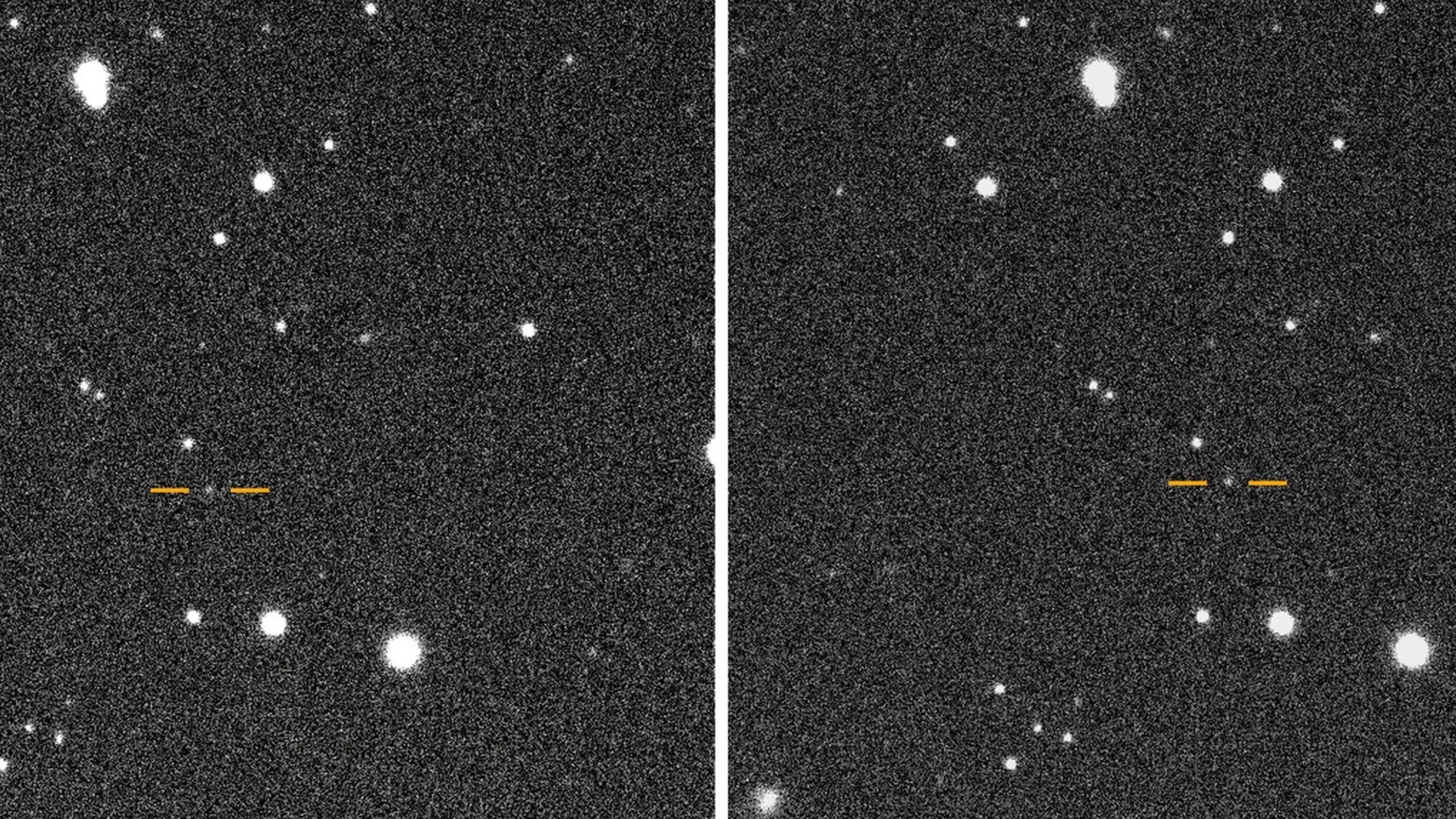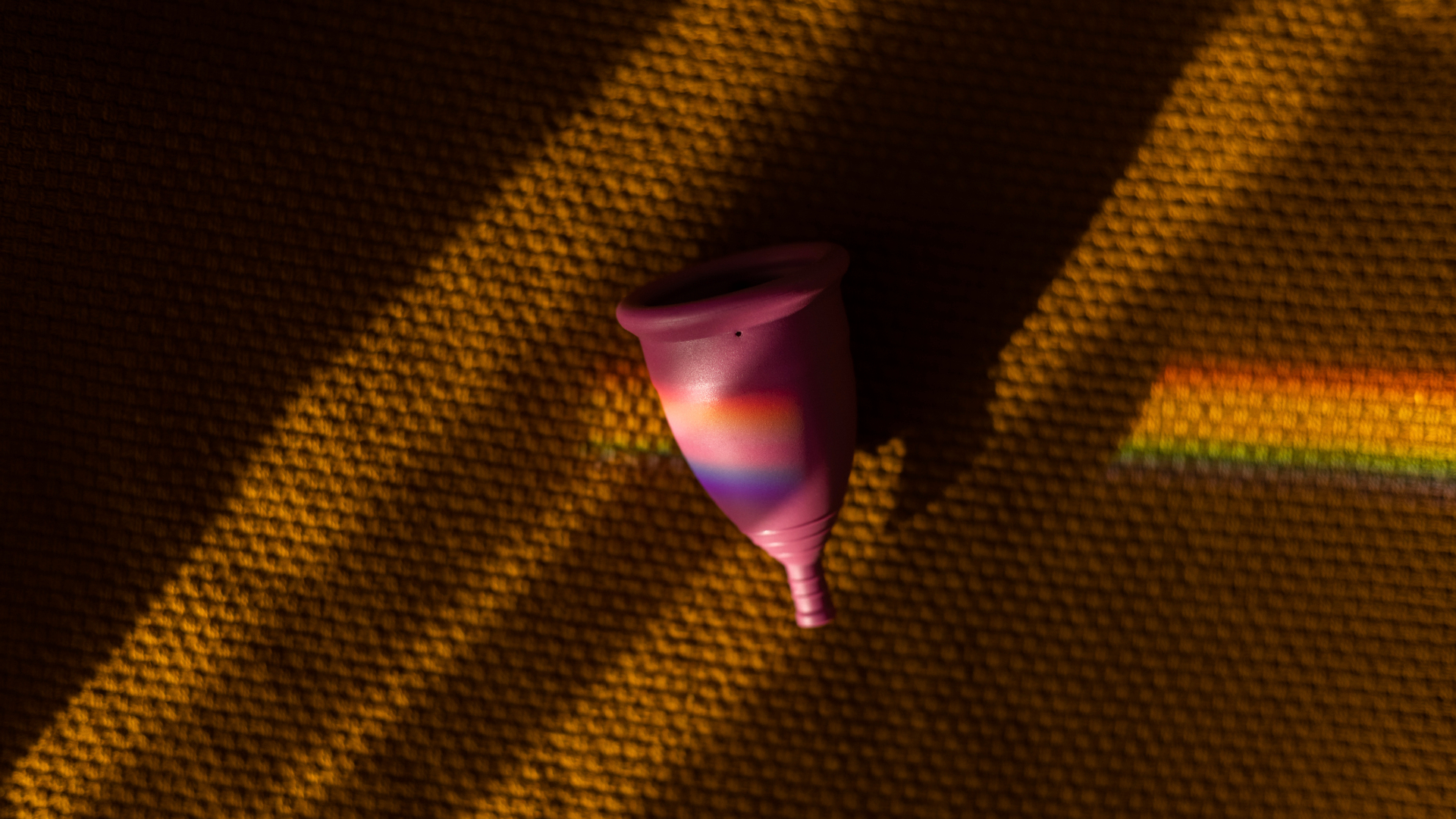Astronomers discover 2nd fastest asteroid in the solar system hiding in the sun's glare
A scientist spotted the asteroid hiding in the light of the sun. It's not an imminent threat to Earth, but other space rocks like it could be.

A newly found space rock almost broke a speed record.
The asteroid, called 2025 SC79, has a pathway within the orbit of Venus that zips around the sun in only 128 days, making it the second-fastest unique asteroid orbit in the solar system, according to a statement from Carnegie Science. 2025 SC79 is also a pretty big asteroid: roughly 0.4 miles (700 meters) long, or roughly the length of a skyscraper.
Carnegie astronomer Scott Sheppard, a noted discoverer of small moons around Jupiter, Saturn, Uranus and Neptune, spotted the asteroid on Sept. 27 hiding in the sun's glare. While 2025 SC79 will make no close approaches to Earth for the foreseeable future, finding hidden asteroids is essential for protecting our planet, Sheppard emphasized in the statement. "The most dangerous asteroids are the most difficult to detect," Sheppard said. "Most asteroid research finds these objects in the dark of night, where they are easiest to spot. But asteroids that lurk near the sun can only be observed during twilight—when the sun is just about to rise or set. If these 'twilight' asteroids approach Earth, they could pose serious impact hazards."
Sheppard and his team also previously found the fastest-known asteroid, 2021 PH27, which circles the sun in only 113 days — less than a third of a year on Earth. His research into twilight asteroids, which includes financial support from NASA, uses the Dark Energy Camera at the National Science Foundation's (NSF) Víctor M. Blanco 4-meter telescope in Chile.
The new asteroid was confirmed by NSF's Gemini Observatory (which has locations in Hawaii and Chile) as well as Carnegie Science's twin Magellan Telescopes in Chile. News of 2025 SC79's discovery was brought to the astronomy community Oct. 15 in a circular from the Minor Planet Center, a branch of the International Astronomical Union that shares information on small, natural bodies in space.
Follow-up observations of 2025 SC79 will need to wait several months as it is now behind the sun, from Earth's perspective. "Future research of this object will reveal details about its composition—and how it survives the intense heat of its proximity to the Sun—as well as its possible origin," Carnegie officials stated.
Sheppard added following up observations of this type of asteroid has a lot of merit, because it helps astronomers understand how perturbations in small-body orbits, caused by gravity of other objects like planets, can make the pathway veer over the eons. "Understanding how they [asteroids] arrived at these locations can help us protect our planet, and also help us learn more about solar system history."
Breaking space news, the latest updates on rocket launches, skywatching events and more!
Astronomers keep close watch on asteroids in the sky, including "potentially hazardous" asteroids that in the statistical sense, are deemed a little more worrisome. After decades of careful searching, however, no imminent threats to our planet have been found.
NASA and a network of telescopes keep searching just in case—with the work being deemed so essential that findings continue to be published this month despite the ongoing U.S. government shutdown.

Elizabeth Howell (she/her), Ph.D., was a staff writer in the spaceflight channel between 2022 and 2024 specializing in Canadian space news. She was contributing writer for Space.com for 10 years from 2012 to 2024. Elizabeth's reporting includes multiple exclusives with the White House, leading world coverage about a lost-and-found space tomato on the International Space Station, witnessing five human spaceflight launches on two continents, flying parabolic, working inside a spacesuit, and participating in a simulated Mars mission. Her latest book, "Why Am I Taller?" (ECW Press, 2022) is co-written with astronaut Dave Williams.
You must confirm your public display name before commenting
Please logout and then login again, you will then be prompted to enter your display name.
